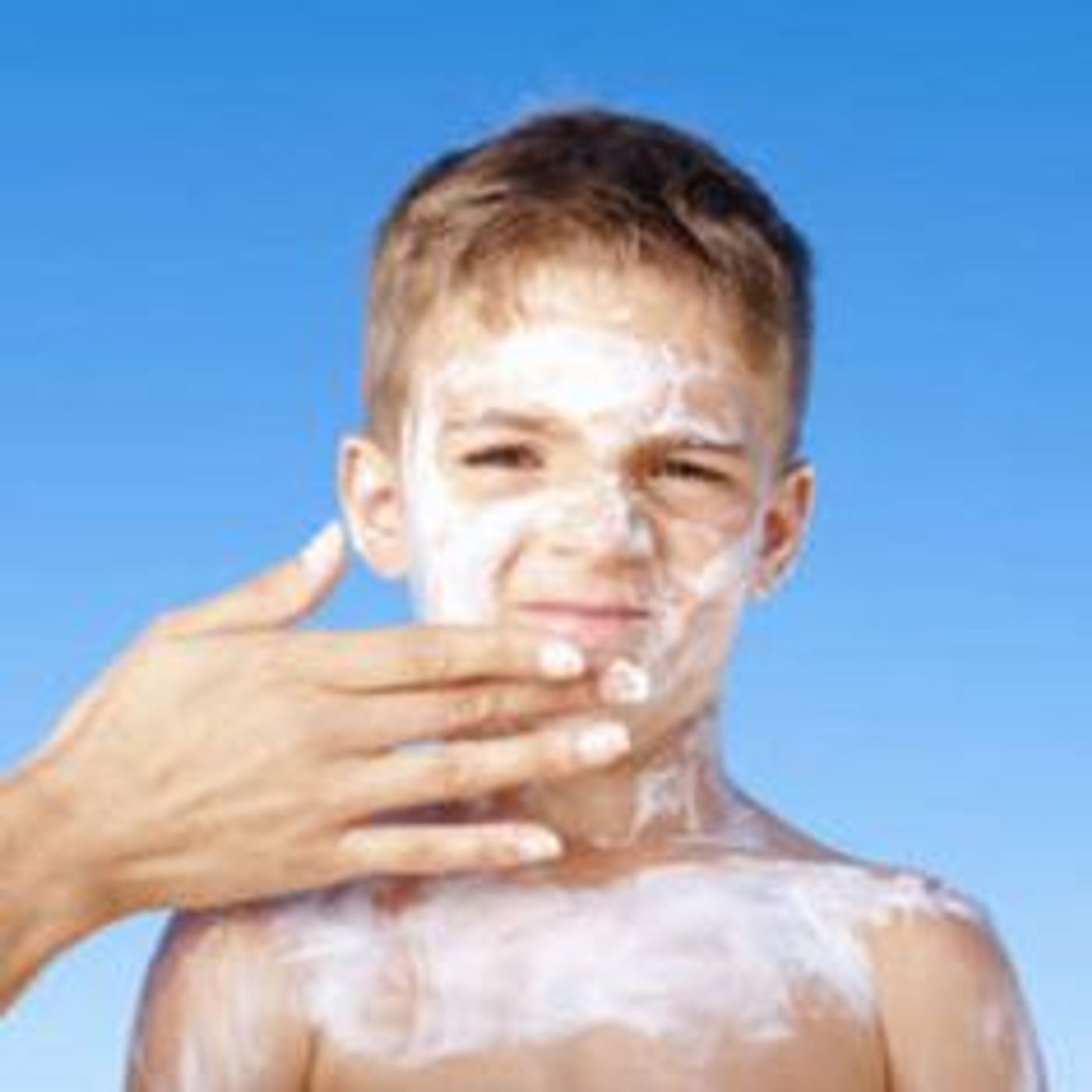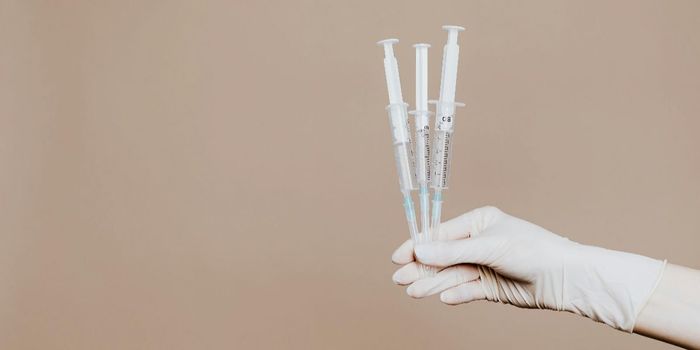Picture this scene. It is a blistering hot late-July day, so hot that even the shade seems to melt away. Pink-skinned children with lobster red arms and legs run gaily around the pool yard as parents run chasing them, attempting to slather gobs of white cream over their bodies. There is little doubt that in every beach bag today sits at least one bottle of sunscreen, perhaps multiple with varying SPFs, one spray, one lotion. As a culture that forty years ago never even considered using sunblock, its existence has become an essential aspect of nearly everyone’s summer to battle the ominous skin cancer. Yet for something that is supposed to protect us from the at times overbearing rays of our lovely star, the sun, sunscreen in reality provides equally as many concerns and inquietudes as it does reassurances.

A new study released from the Environmental Working Group (EWG) released an updated version of its Sunscreen Guide, which some are calling the Hall of Shame, as it names the absolute worst brands of sunblocks available and denounces the false labeling and advertising.
“Almost three-fourths of the products we examined offer inferior sun protection or contain worrisome ingredients like oxybenzone, a hormone disruptor, or retinyl palmitate, a form of vitamin A that may harm skin. And despite scant evidence, the government still allows most sunscreens to claim they help prevent skin cancer,” explains the group. According to EWG, melanoma rates have tripled in the past 30 years despite the exponential growth in usage of sunscreens.
There were several factors that the EWG evaluated in this year’s sunscreen study, which focused particularly on sunscreens for children and babies. Sprays were determined unsatisfactory because they could pose an inhalation risk. SPFs over 50 unfavorable because they may encourage users to stay out in the sun for longer than they should and may not protect against UVA rays any differently than a lower SPF. The presence of ingredients like oxybenzone, which mimics estrogen, and Vitamin A retinyl palmitate were also no-no’s.
Most frightening was that the study’s results concluded that a lot of the biggest brands out there are the guiltiest culprits. To see a list of the
best and
worst brands, click away!
Sources:
Environmental Working Group,
Mother Jones,
Pix 11










